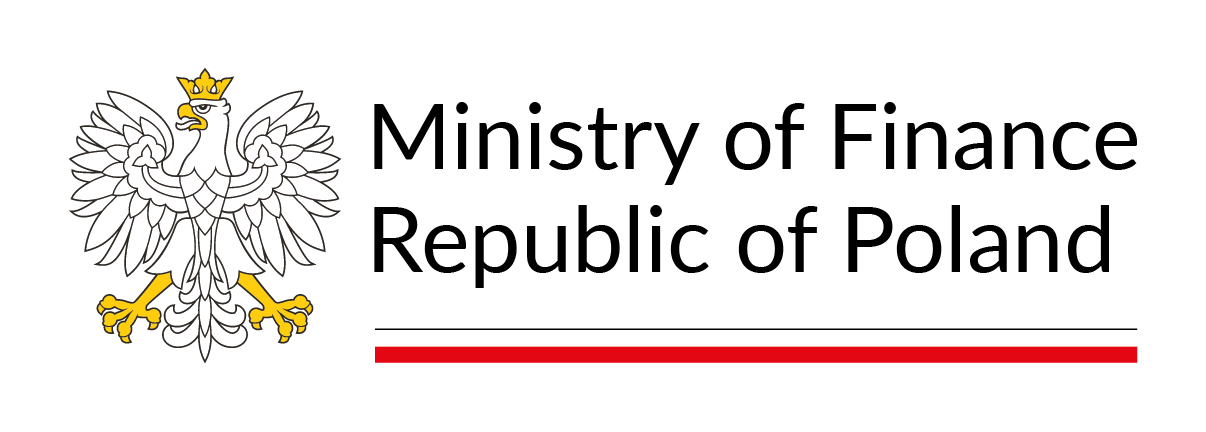No 32-2014, A. Szczypińska: Does the halo effect still hold? The (post-) crisis perspective for the euro candidates
The euro area bond yield spreads have largely converged since the EMU creation. However, during the crisis most eurozone members reported a dramatic rise in government bond yield differentials to German bonds due to deteriorating public finance and liquidity conditions as well as increase in investors' risk aversion. This paper provides an empirical analysis of determinants of government bond yield spreads in the euro area in time of the crisis and the aftermath. It indicates the significance of countries' fiscal performance and liquidity risk in explaining the evolution of bond differentials. It also demonstrates the significant role of country perception reflected in forecasts and rating changes. Sovereign debt crisis led to a change in the perception of EMU sovereign debt market. Nowadays, euro adoption does not automatically imply the lower profitability of new EA members' bonds. The "euro area level of interest rate" does not exist anymore. It seems to be more conditional on countries' macroeconomic policy. However, on the basis of panel estimation, it turned out that in case of almost all euro-candidates the theoretical values of the EMU convergence criterion bond yields (as if they were the euro area members) would be significantly lower than the empirical ones. This suggests fiscal benefits from euro adoption might be substantial thus most countries with derogation should reassess their scale.
This working paper is an updated version of the working paper Does the halo effect still hold? Implications for the euro candidates from the analysis of the EA bond market.
Materials
MF Working Papers No 32-2014MF_WP_No_32-2014.pdf 0.89MB
- Last updated on:
- 29.05.2019 14:30 Paulina Gronek
- First published on:
- 29.05.2019 14:30 Paulina Gronek
